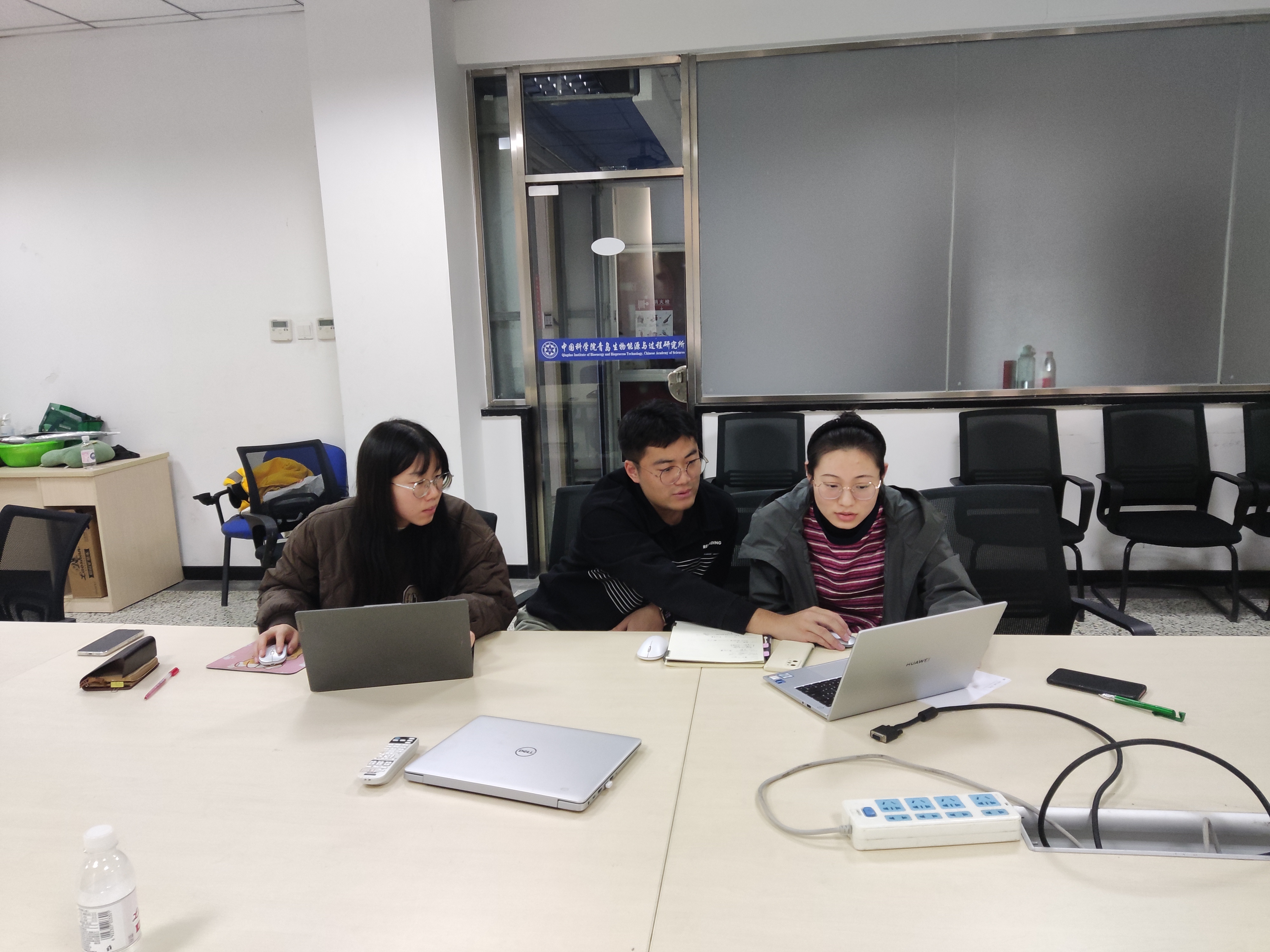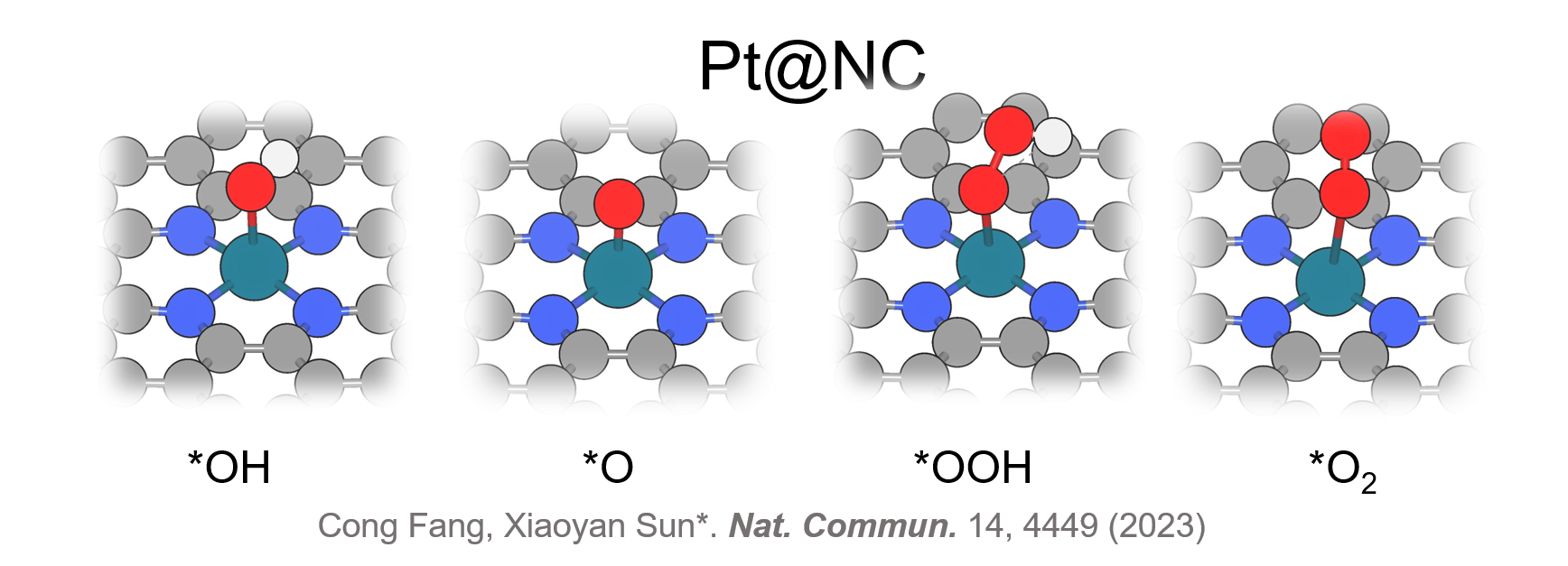On November 17, 2023, the first training on Computational Chemistry Software (VASP) was conducted within the Cluster Chemistry Group, with Cong Fang in charge of the specific learning arrangements for second-year master's student Qing Wang and first-year prospective master's student Shiqi Liu, which took place in 216 Energy Building.

According to the following research tasks, Mr. Sun Xiaoyan pointed out the importance of learning the VASP program to the two students. Although the research direction of the group is based on experiments, theoretical calculations have a unique advantage in elaborating microscopic electronic structures and reaction mechanisms, which is getting more and more attention from researchers. Therefore, members of our group should not only lay a solid foundation in experimental operation, but also shine in the theoretical level and micro-mechanisms, and "experimental" and "computational". Especially in the context of the fourth technological revolution caused by artificial intelligence, mastering a variety of research tools is the fundamental way to build your own moat and stand in the future.

Taking into account the study background of the two students and the existing research conditions in the group, in order to get started with the VASP program faster and better, Cong Fang provided the two students with classical computational cases. The nitrogen-doped graphene-loaded metal-atom (M@NC) catalyst is used as a model to investigate the microscopic mechanism of electrochemical anodic oxygen precipitation reaction. The specific learning content and arrangement are:
1、Hands-on practice of modeling Pt@NC catalyst using Material Studio.
2、Installation of calculation-related software (VESTA, Material Studio, WinSCP and Putty).
3. VASP basic input files (INCAR, KPOINTS, POSCAR, POTCAR and submit task script files).
4、INCAR specific calculation parameters
5、Structure optimization practice
6、Modeling of reaction intermediates (*OH, *O, *OOH and *O2) using Material Studio.
7、Basic Linux operation commands practical exercises
After several hours of intense training in the morning and afternoon, the two students have initially mastered the above knowledge and skills. In addition, Mr. Fang also arranged a post-class exercise for the two students: modeling and structure optimization of Fe@NC, Co@NC and Ni@NC and their key oxygenated intermediates.
Follow-up study arrangements: learning frequency calculation, data processing and OER free energy level diagram drawing.
The group training was successfully completed, which demonstrated the good tradition of "passing on" research skills and the good research atmosphere in the group.